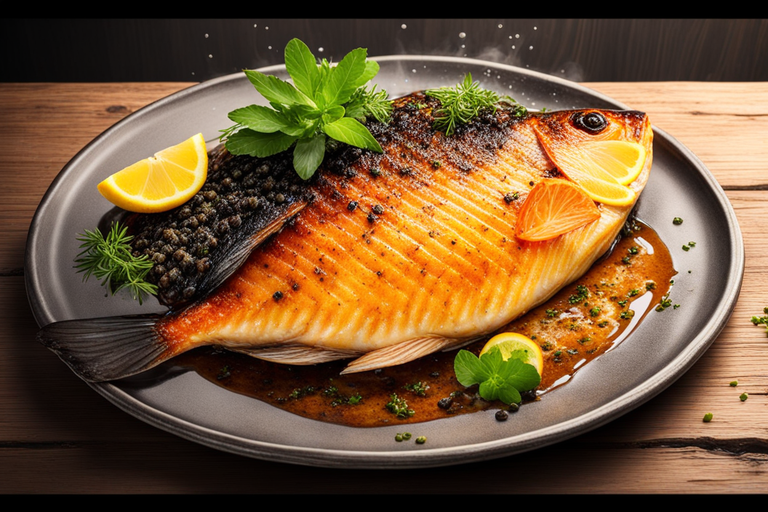Reheating fish can be a bit of an art form. Done correctly, it can taste as delicious as the night it was cooked. Get it wrong, and you might be facing dry, unpalatable results. Whether you’re dealing with leftovers from a gourmet restaurant or your own home-cooked meal, applying the right methods and tips can revive your fish into a dish worth savoring again. Here, we’ll explore the best practices for reheating fish in the oven, microwave, and on the stovetop, ensuring your second-time-around seafood is just as mouthwatering as the first.

Oven Method
The oven is your best bet for most types of fish, especially when you aim to preserve moisture and flavor.
- Preheat your oven to a low temperature, around 275°F (135°C). The key is gentle heat.
- Wrap the fish in aluminum foil or parchment paper. You can add a splash of broth, wine, or lemon juice before sealing to introduce steam and additional flavors.
- Place the wrapped fish on a baking sheet and put it in the oven.
- Heat slowly and check after 10-15 minutes. The goal is for the fish to reach 145°F (63°C) internally, signaling it’s warmed through but not overcooked.
- Rest before serving to allow juices to redistribute.
Microwave Method
While not always recommended, the microwave can save the day when you’re short on time. The trick is to use it wisely.
- Place the fish on a microwave-safe dish.
- Cover with a damp paper towel to encourage steam creation, which keeps the fish moist.
- Use a low power setting, opting for short 30-second bursts. After each burst, check the fish to avoid overheating.
- Allow a short resting period after microwaving to even out the heat distribution.

Stovetop Method
Perfect for crispy-skinned fish, the stovetop can reintroduce texture.
- Heat a skillet over low-medium heat and add a thin layer of oil or butter to prevent sticking.
- Place the fish skin-side down (if applicable) once the pan is adequately warmed.
- Cover loosely with a lid to trap steam and heat more evenly.
- Heat gently, checking frequently until the fish is warmed through. This method works well for fillets that benefit from a bit of crispiness.
Key Tips to Remember
- Gentle Heat Is Key: Whichever method you choose, remember that fish cooks quickly and benefits from gentle reheating.
- Add Moisture: A little bit of liquid can go a long way in preserving the fish’s natural flavors and preventing dryness.
- Avoid Over-Reheating: Fish is best reheated only once for safety and quality.
- Safety First: Ensure the fish reaches an internal temperature of 145°F (63°C) to ensure it’s safe to eat.
Common Mistakes to Avoid
- Overheating: Leads to dry, tough fish.
- Not adding moisture: Results in lost flavor and dryness.
- Choosing the wrong method: Each type of fish may require a different approach.
Fish like salmon, tilapia, cod, trout, Mahi Mahi, and snapper are great for reheating thanks to their textures and flavors. By following these tips, you’ll maximize the chance of having a delightful post-cooked meal with nearly the same quality as its initial serving. Happy reheating!




















+ There are no comments
Add yours